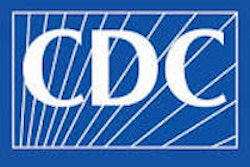Monday, November 28 | 11:50 a.m.-12:00 p.m. | RC215-17 | Arie Crown Theater
Which is better: basing breast cancer screening on a woman's risk or her age? There are definite trade-offs, according to this Monday presentation.A risk-based screening protocol for women younger than 50 has been suggested as a way to increase the benefits and mitigate the harms of mammography, but it hasn't been evaluated in practice, according to presenter Dr. Elizabeth Burnside from the University of Wisconsin. Burnside and colleagues used a database of consecutive mammograms taken between January 2006 and December 2013 in women 40 years and older to investigate the trade-offs of the two protocols.
To assess a risk-based screening protocol, the researchers constructed a model that excluded from screening women younger than 50 whose five-year risk was less than the average risk for a 50-year-old woman; to assess an age-based screening protocol -- similar to the American Cancer Society's guidelines -- the group excluded all women younger than 45. The team then compared outcomes for the two cohorts, tracking the number of cancers detected, the proportion of ductal carcinoma in situ (DCIS) compared with all cancers, recall rate, and the number of biopsies performed.
Age-based screening, starting at 45, detected more cancers than risk-based screening, but it did prompt more recalls and biopsies, Burnside and colleagues found. There was no statistically significant difference in the proportion of DCIS, according to the team.
The two strategies have their trade-offs, the researchers concluded.
"Risk-based screening in women under the age of 50 results in fewer recalls and biopsies but also detects fewer cancers than an age-based strategy that starts screening at age 45," they wrote.



















